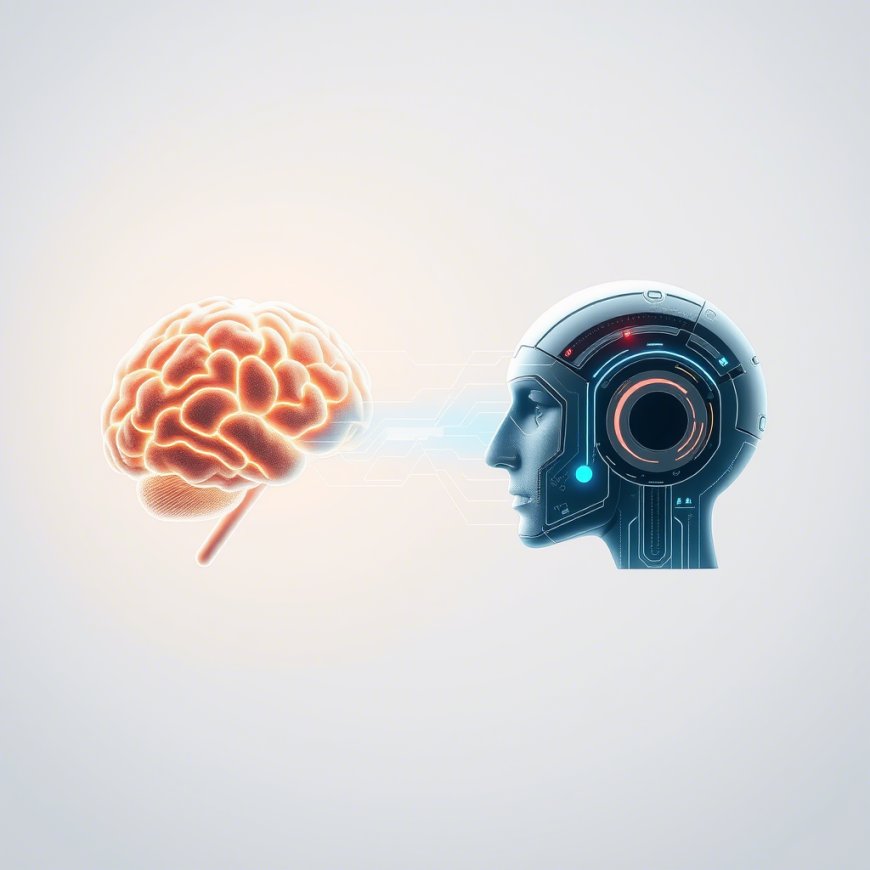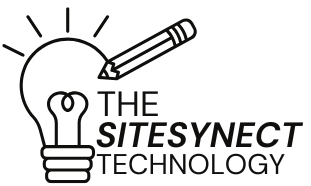AI vs Human Creativity: What Does the Future Hold?
Will AI replace human creativity or amplify it? Dive into the evolving relationship between AI and human ingenuity, with trends, examples, and ethical insights for 2024.

Introduction
From AI-generated art winning competitions to ChatGPT drafting viral social campaigns, the line between human and machine creativity is blurring. But can algorithms truly replicate the nuance of human imagination—or are they just sophisticated mimics? Let’s unpack the debate, explore real-world examples, and predict what the future holds for creators, marketers, and innovators.
1. The Rise of AI in Creative Fields
What AI Does Well:
-
Speed & Scale: Generate 100 blog outlines in minutes or design 1,000 ad variants overnight (e.g., Jasper, Canva’s Magic Design).
-
Data-Driven Insights: Predict viral trends using social listening tools like Hootsuite AI.
-
Style Replication: Mimic Van Gogh’s brushstrokes or Taylor Swift’s lyricism (see OpenAI’s Jukebox).
Limitations:
-
Lacks Original Intent: AI can’t decide to start a protest song or reimagine a genre.
-
No Emotional Context: It won’t write a heartfelt poem about grief unless prompted.
2. Human Creativity’s Unbeatable Edge
Unique Strengths:
-
Emotional Depth: Humans tie creativity to lived experiences (e.g., a war photographer’s haunting shots).
-
Ethical Judgment: Choosing not to create harmful content, even if it trends.
-
Abstract Thinking: Connecting unrelated concepts (e.g., Steve Jobs linking calligraphy to computer fonts).
Case Study:
-
ChatGPT vs Human Copywriters: While AI drafts product descriptions 10x faster, humans infuse brand voice and humor (e.g., Old Spice’s absurdist ads).
3. The Hybrid Future: Collaboration, Not Competition
How AI Enhances Creativity:
-
Idea Generation: Use MidJourney to brainstorm visual concepts for designers.
-
Eliminate Grunt Work: Auto-edit podcasts with Descript so creators focus on storytelling.
-
Personalization at Scale: Netflix uses AI to tailor thumbnails, but humans curate top-tier shows.
Tools to Watch in 2024:
-
Adobe Firefly: AI image tools that respect copyrights.
-
Suno AI: Music generation with editable stems for artists.
4. Ethical Dilemmas & Industry Shifts
Key Concerns:
-
Copyright Chaos: Who owns AI-generated content—the user, developer, or machine?
-
Job Displacement: 26% of marketing roles now require AI skills (LinkedIn, 2024).
-
Bias Amplification: AI trained on biased data replicates stereotypes in art/stories.
Fixes Emerging:
-
Watermarking AI Content: Initiatives like C2PA certify human vs AI work.
-
Upskilling Programs: Google’s AI Creative Academy trains artists in AI collaboration.
5. Predictions for 2030 and Beyond
-
AI as Creative Interns: Handle drafts, edits, and A/B testing under human direction.
-
New Art Forms: Interactive AI-human co-created experiences (think AI-driven VR theaters).
-
The “Human Touch” Premium: Authentic human-made content becomes a luxury good.
Conclusion
AI won’t replace human creativity—but it will redefine it. The future belongs to those who harness AI as a collaborator, not a crutch. Start experimenting with tools today, but never lose sight of what makes your voice unique: your humanity.
What's Your Reaction?
 Like
0
Like
0
 Dislike
0
Dislike
0
 Love
0
Love
0
 Funny
0
Funny
0
 Angry
0
Angry
0
 Sad
0
Sad
0
 Wow
0
Wow
0





































